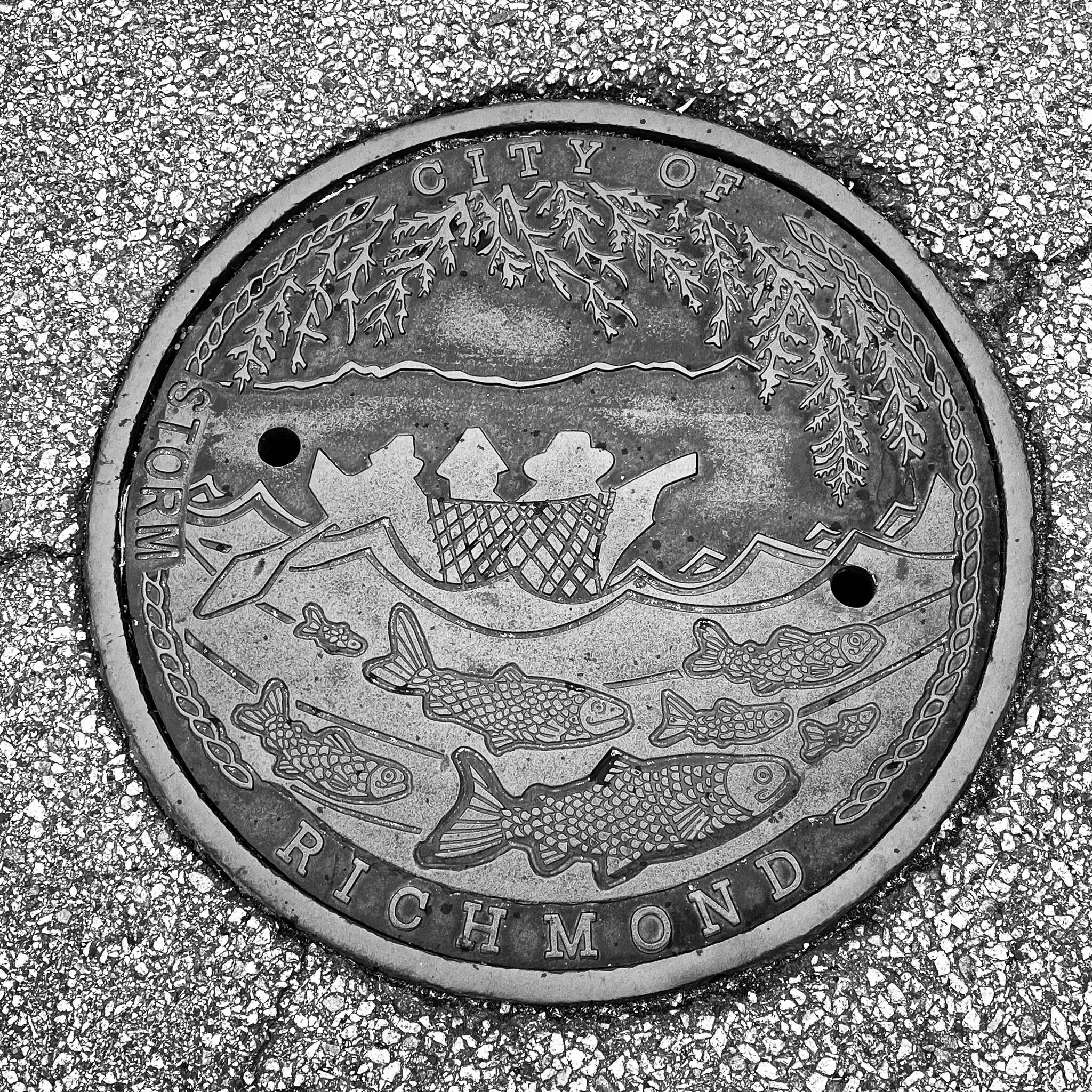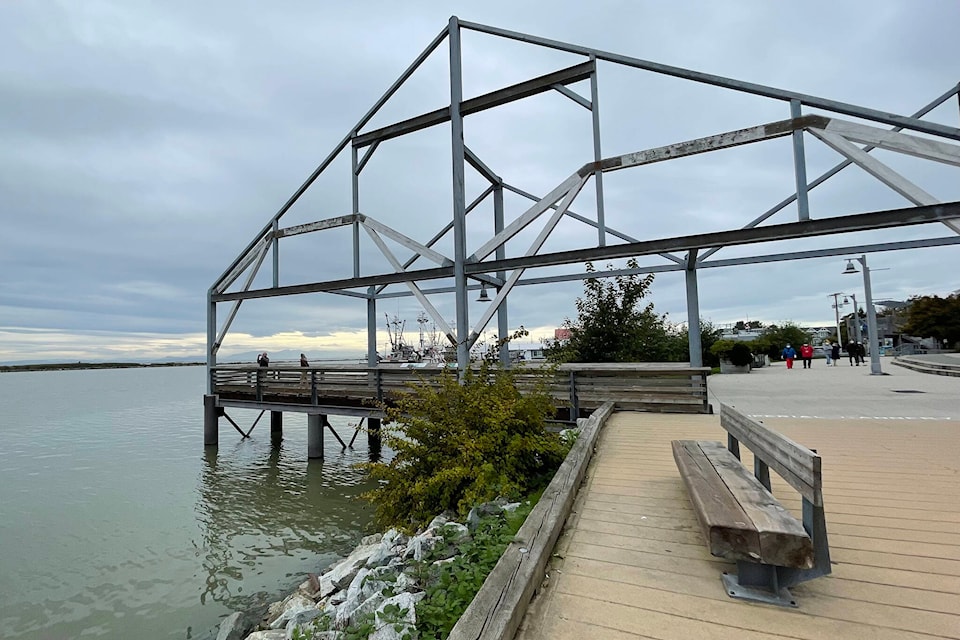When Tyee Landing was first created beside the former Somass Sawmill on the Port Alberni waterfront, proponents pitched its potential to become a new Steveston, which is a waterfront tourist destination within the City of Richmond.
Some people pooh-poohed the comparison, calling it a pipe dream. Steveston is a popular area, used for movie and television filming, and is a trendy draw for tourists from around the world.
For me, Steveston was part of the place I grew up after my family moved to Richmond, B.C. from Ontario in the late 1970s. It’s still a favourite place to walk whenever I go back to visit family still living in Richmond, like in late September when I finally got to spend some time with my Mom.
I remember Steveston as being a fishing village, with old buildings, a tired commercial area that catered mostly to the fishing industry. It has gone through some growing pains, long before it became “Storybrooke,” the filming location for the hit TV show Once Upon a Time.
There is a lot of history interspersed with the Starbucks, Save-On-Foods, trendy shops and growing number of condo units cropping up. Somehow, it all seems to fit together.
At one time there were 15 canneries crowding the waterfront along the Fraser River in Steveston. The community, now considered a suburb of Richmond, still honours its fish cannery roots, even though the only one still standing—Gulf of Georgia Cannery—is a national historic site and hasn’t operated as a fish plant since 1979. Imperial Landing is a wooden promenade stretching 6.5 acres along the waterfront of the former BC Packers Ltd. cannery. The promenade incorporates BC Packers artifacts like girders, piers, timber boardwalk, a viewing tower and machinery that came from the cannery itself. The way the history has melded with a usable and attractive feature is something that could be done here in Port Alberni.
The promenade also features some public art, which is a recurring theme throughout Richmond.
The City of Richmond established a public art policy in 1997, and keeps a reserve fund for the expanding document. Some of the public art is subjective as to whether you like it or not. The city keeps a map of all its public art too, in case people are interested in finding what pieces are out there. Some public art is temporary, while other pieces are permanent.
Other programs put art in unlikely places: like access covers (formerly called manhole covers) on streets and sidewalks.
In 2014 the city launched an art contest called The Cover Stories, asking artists to submit designs that could be made into access covers. Four artists’ work were eventually chosen from 150 entries, and in 2016 the completed covers were unveiled. There are only four of the original Cover Stories installed in Steveston, and I managed to stumble upon all four of them during an afternoon’s walk.
The thinking behind The Cover Stories is that the custom access covers “enhance the city’s urban streetscape and are intended to contribute to a sense of place, remembrance and pride for years to come.”
The program was so popular that in 2018 three more designs were commissioned to acknowledge the 150th anniversary of Confederation, and those designs were used to create 180 more access covers to be installed around Richmond.
I was curious enough to look up the history of the covers on the City of Richmond’s website. I hadn’t seen any signs about the covers on my walk, although there are numerous interpretive signs celebrating the area’s history.
Access covers cost around $300 to replace if they are standard covers. I’m not sure how much it cost to cast specialty covers (a request for that information hadn’t been answered by the time this edition went to press) , but it sounds doable in small quantities.
Port Alberni has plenty of historical references for this kind of a public art program. It’s something to consider.
— Susie Quinn is the Alberni Valley News editor.

